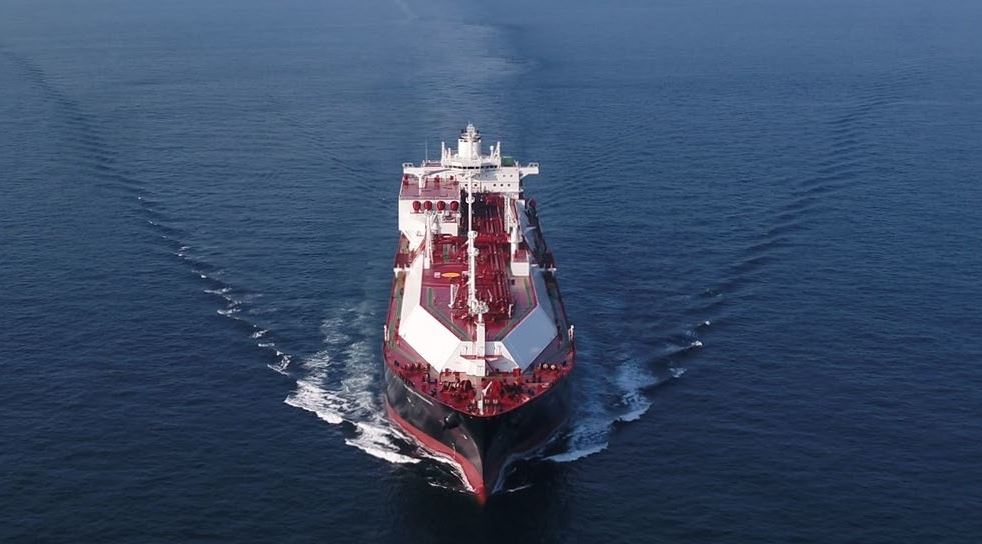Norwegian shipping firm Flex LNG reported record revenues and net income for the fourth quarter of last year due to the strong spot market.
Flex said on Tuesday its quarterly revenues reached $114.6 million, compared to $81.8 million in the prior quarter and $67.3 million in the same period last year.
Net income stood at $69.4 million, up from $32.8 million in the third quarter and $25.8 million in the fourth quarter last year, according to the company controlled by billionaire John Fredriksen.
Also, average time charter equivalent (TCE) rate reached $95,908 per day for the fourth quarter, compared to $68,341 per day in the prior quarter.
Flex said it has now secured “attractive” long-term time charters with a mixed portfolio of market rate, spot and fixed rate contracts.
Currently, the company’s fleet of 13 LNG carriers has an aggregate of 32 years firm periods and with charterer’s options this could extend to over 65 years, if declared, it said.
The company declared a dividend for the fourth quarter of $0.75.
“Knock-out results”
“We are pleased to deliver knock-out results for the fourth quarter as guided. Fueled by four ships exposed to a red-hot spot market, revenues for the fourth quarter jumped from $82 million to $115 million, slightly ahead of our guidance of approximately $110 million,” chief executive Øystein Kalleklev, said.
He said the company’s average time charter equivalent earnings came in at a “solid” $95,908 per day, beating the $94,000 per day the firm had managed to achieve during the fourth quarter of 2019 and close to the $97,571 per day achieved in the fourth quarter 2018.
“In the past, we had significantly higher spot exposure so by being able to beat previous trading results also reflects that during 2021 we have secured an outstanding portfolio of fixed hire time charters,” Kalleklev said.
Flex also announced $695 million in new financing.
These financings would release another $87 million in cash on top of the $38 million announced in November through the Flex Volunteer sale and charterback, Kalleklev said.
“We have thus already over-delivered on the program initiated in November with $125 million unlocked overall, which will contribute to further growth of our cash balance which stood at a lofty $201 million at year end. Hence, we have a super strong liquidity position, enabling us to act quickly on opportunities if they arise,” he said.
“Ice-cold” spot market in January
LNG charter rates nosedived in January when compared to their record highs in November.
“The spot freight market went from red-hot in November to ice-cold in January, despite elevated gas prices,” Kalleklev said.
He said that the primary reason for the spot market slump was that the European gas market went “haywire” in December due to concerns about gas availability, coupled with a tense security situation in Ukraine with potential implications for Russian pipeline flows to Europe.
This resulted in European gas prices trading at a premium to Asian gas prices which effectively closed the West/East arbitrage, having a detrimental effect on sailing distances and thus increased the availability of ships.
“As the market shake out subsides, we do however think the freight market will re-balance as volume growth in 2022 is expected to exceed 2021, while the number of newbuildings set for delivery this year is about half of last year,” he said.
“In any case, we remain very well positioned. We are guiding revenues for 2022 in line with
what we achieved in 2021 despite the soft spot market at the beginning of the first quarter 2022,” Kalleklev said.

